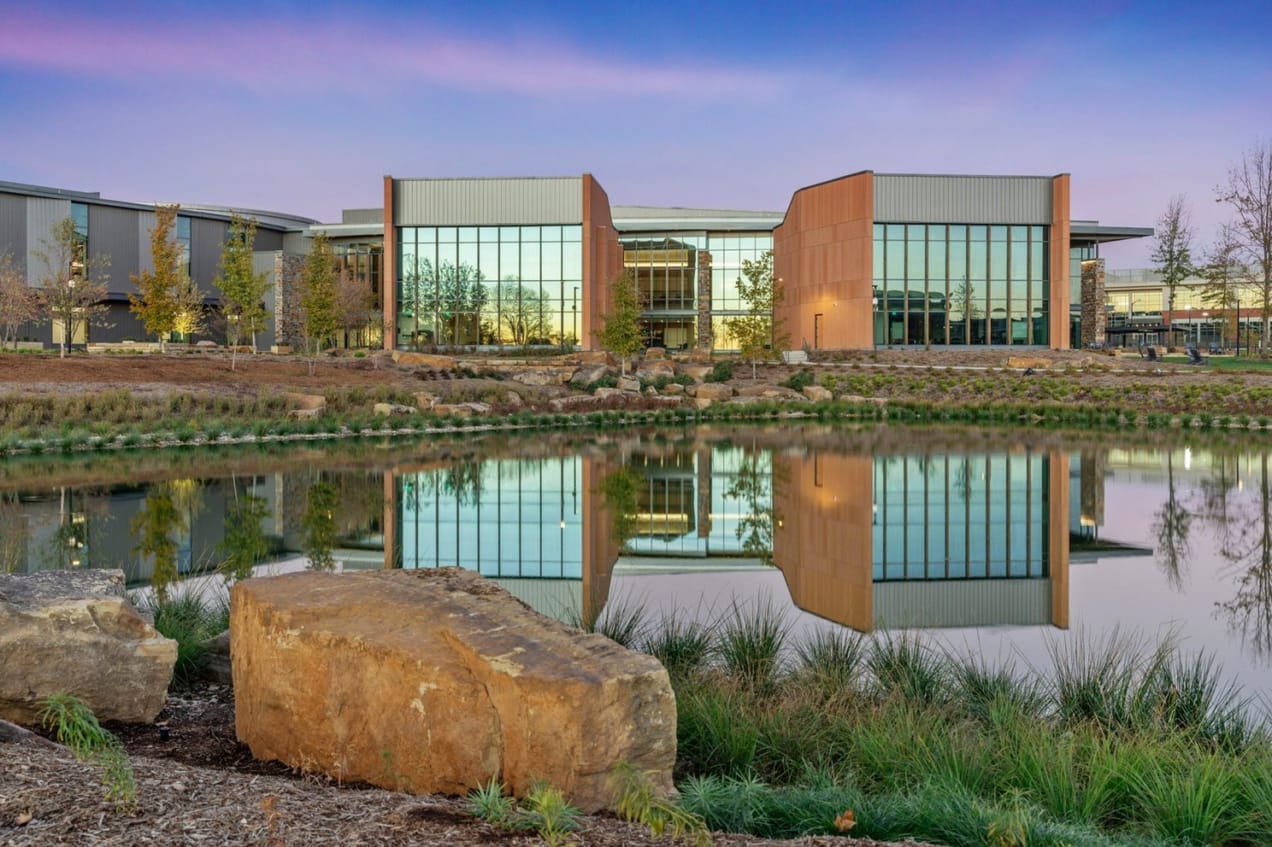
Industrial decarbonisation - it's not just about cheesemaking
The US Biden administration has recently announced up to $6 billion in funding for 33 projects intended to curb carbon pollution from industrial facilities, including steel mills, cement plants and an Illinois factory where Kraft Heinz makes its well known, at least in the US, Mac & Cheese (for some reason the headline writers focused on cheese making)
As the Energy Secretary Jennifer M. Granholm said "these projects offer solutions to slash emissions in some of the highest emitting sectors of our economy, including iron and steel, aluminum, cement, concrete, chemicals, food and beverages, pulp and paper.”
If you want to learn more about the projects being funded - I highly recommend this podcast, from David Roberts at Volts. It's a longer one (over an hour) but it's worth the time.

Regular readers will know that we talk a lot about the need to decarbonise many of our industrial production processes. Why, because together they contribute roughly a third of our global greenhouse gas emissions. And on their own some of the big ones, such as steel making and cement production, are as material as transport. And yet they get a lot less attention (and money) than Electric Vehicles (EVs) and renewable electricity production.
Part of the reason for this is that some aspects of industrial decarbonisation are tough. They require materially different technologies and processes. This means for the companies involved the switch can be a big risk. They are reluctant to shut down an existing plant, which cost a lot of money to build, to replace it with a new, and some times uncertain, technology.
Which makes the '33 demonstration projects' really important. They get financial support to 'prove' that the new technologies can really work at scale. And by doing so, they de-risk the decision making process.
Let's take an example. I really wanted to use green steel (there are two big green steel projects on the list), but we have written on this a fair bit already. So let's use cement. The two that really caught our eye were the award of over $200m to Summit materials for a project demonstrating the potential of low-carbon calcined clay cement. And a similar project (with funding of $61m) in Virginia for Roanoke Cement.
What are these projects about? In simple terms they aim to reduce the use of limestone derived clinker in the cement we use. Most of the CO2 emissions generated from the cement production process come from the production of clinker. You can read about cement production in a blog we wrote back in may of 2023 👉🏾 https://www.thesustainableinvestor.org.uk/quick-insight-green-cement-there-are-solutions/
The challenge is not just the heat required to 'melt' limestone, the chemical process of turning limestone into clinker releases a lot of CO2. Limestone is Calcium Carbonate - we just want the Calcium to make cement, so the Carbon (the carbonate bit) gets bound to Oxygen and gets releases as yes, you guessed it, CO2.
What if we used less clinker in our cement? That would generate lower CO2 emissions. And it turns out that lower clinker cement can be just as strong as traditional cement. What goes in instead? It's calcined clay. Hence the pilot projects being funded.
This is a fairly new process at scale. Others are working on it as well, with Heidelberg Materials piloting calcined clay technology in Ghana, where the world's largest flash calciner is currently being built with a capacity of more than 400,000 tonnes per year. As Heidelberg says "in principle, a CO₂ reduction of up to 40% is possible when substituting cement clinker with calcined clay."
So, if this technology can be made to work at scale, then the cement industry will have a real way of reducing CO2 emissions. No-one is saying this is the total solution, it's part of a tool box.
We wrote about some of the other approaches that have potential in February of this year, following the publication of a major report by the Institution of Structural Engineers.
Link to blog 👉🏾 https://www.thesustainableinvestor.org.uk/tracking-concrete-technology-developments/
This article featured in What Caught Our Eye, a weekly email featuring stories we found particularly interesting during the week and why. We also give our lateral thought on each one. What Caught our Eye is available to read in full by members.
If you are not a member yet, you can read What Caught Our Eye when it comes out direct in your email inbox plus all of our blogs in full...

Click this link to register 👉🏾 https://www.thesustainableinvestor.org.uk/register/

Please read: important legal stuff.

